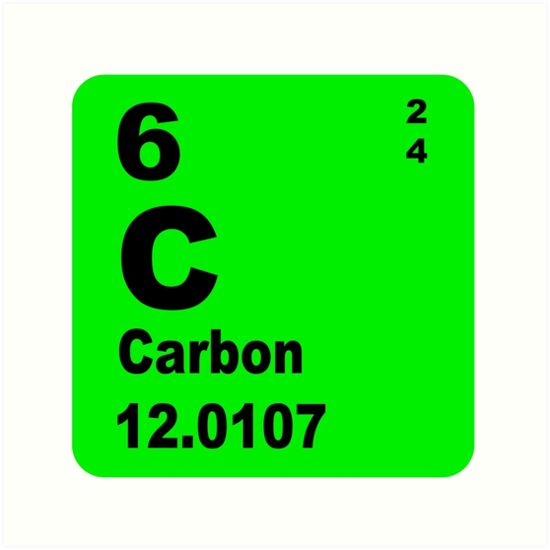


They focused the sun’s rays on the diamond with a remarkable giant magnifying glass and saw the diamond burn and disappear. In 1772 he pooled resources with other chemists to buy a diamond, which they placed in a closed glass jar. Ancient cultures did not realize, of course, that these substances were different forms of the same elementįrench scientist Antoine Lavoisier named carbon and he carried out a variety of experiments to reveal its nature. Mild, w/ht ⇒ C 6(CO 2H) 6 (mellitic/graphitic acid)Ģ5-470 W m -1 K -1 (graphite), 470 W m -1 K -1 (diamond)Ĭarbon has been known since ancient times in the form of soot, charcoal, graphite and diamonds. ‣ How many isotopes does carbon have? Main isotopes of carbon Isotope Abundance Half-life (t 1/2) Decay mode Product 11 C syn 20 min β + 11B 12 C 98.9 % stable 13 C 1.Hexagonal layers (graphite), tetrahedral (diamond) ‣ Carbon vapor pressure Vapor pressure P (Pa) 1 10 100 1 k 10 k 100 k at T (K) 1610 Oxidation state: -4, -3, -2, -1, 0, +1, +2, +3, +4 ‣ What is carbon electronegativity?Įlectronegativity: Pauling scale: 2.55 ‣ Carbon poisson’s ratio: diamond: 0.1 ‣ Carbon heat of fusion: graphite: 117 kJ/mol ‣ Carbon molar heat capacity:ĭiamond: 6.155 J/(mol K) ‣ Carbon molar magnetic susceptibility: diamond: -5.9 × 10 -6 cm 3/mol ‣ Speed of sound in carbon: diamond: 18,350 m/s (at 20 ☌) ‣ What is the crystal structure of carbon?Ĭrystal structure: graphite: simple hexagonal (black)Ĭrystal structure: diamond: face-centered diamond-cubic (clear) ‣ Thermal expansion of carbon: diamond: 0.8 µm/(m.K) (at 25 ☌) ‣ Thermal conductivity of carbon:ĭiamond: 900-2300 W/(m.K) ‣ Carbon electrical resistivity: graphite: 7.837 µΩ.m ‣ What is carbon hardness?ĭiamond: 10 ‣ Young’s modulus of carbon: diamond: 1050 GPa ‣ Shear modulus of carbon: diamond: 478 GPa ‣ Bulk modulus of carbon: diamond: 442 GPa ‣ Carbon CAS number: Phase (at r.t): solid ‣ What is carbon’s density?ĭiamond: 3.515 g/cm 3 ‣ Carbon magnetic ordering: diamagnetic ‣ Carbon natural occurrence: primordial ‣ What is the oxidation state of carbon? Sp: 69 pm ‣ Carbon Van der Waals radius: 170 pm ‣ Carbon triple point: 4600 K, 10,800 kPa ‣ Carbon sublimation point: 3915 K (3642 ☌, 6588 ☏) ‣ How many electron shells does carbon have?Įlectrons per shell: 2, 4 ‣ What is carbon’s electron configuration?Įlectron configuration: 2s 2 2p 2 ‣ How many carbon allotropes are there?Īllotropes: graphite, diamond, others ‣ What is carbon ionization energy?ģrd: 4620.5 kJ/mol ‣ What phase is carbon at room temperature? Group: 14 (carbon group) ‣ What period is carbon in on the periodic table? Standard atomic weight: conventional: 12.011 ‣ What block is carbon in on the periodic table?īlock: p-block ‣ What group does carbon belong to in the periodic table? Symbol: C ‣ What is the atomic weight of carbon (c)? ‣ What is carbon’s atomic number?Ītomic number (Z): 6 ‣ What is carbon’s symbol? Location: Carbon is found in the second row of the periodic table, next to the boron element. Recognized as an element by: Antoine Lavoisier (1789) ‣ Where is carbon found on the periodic table? – p block FAQs on Carbon Element Carbon ‣ What does carbon look like?ĭiamond: clear ‣ When was carbon discovered and by whom?ĭiscovery: Egyptians and Sumerians (3750 BCE)


 0 kommentar(er)
0 kommentar(er)
